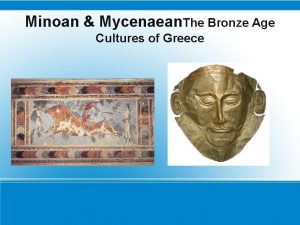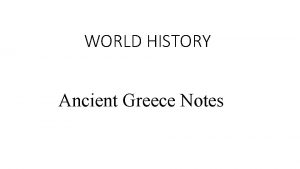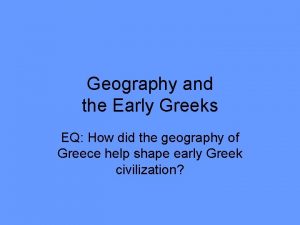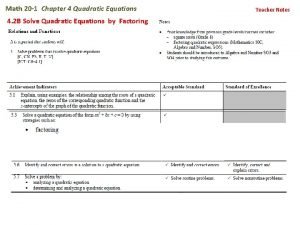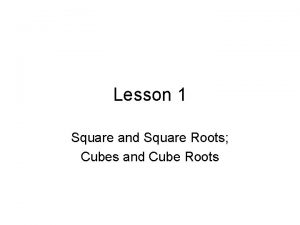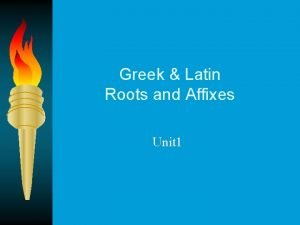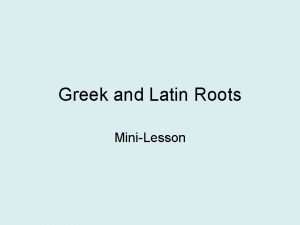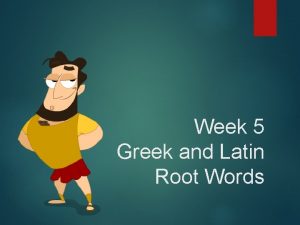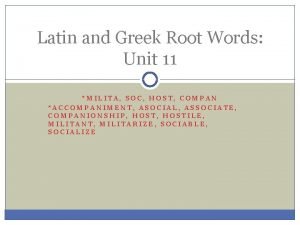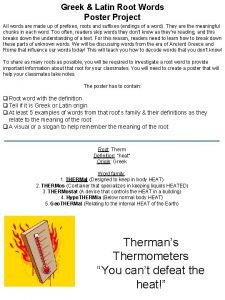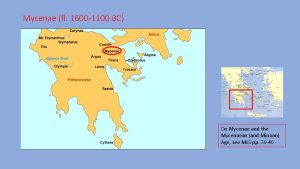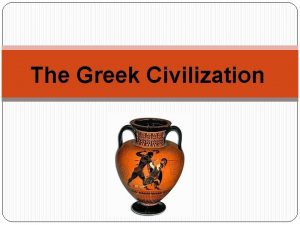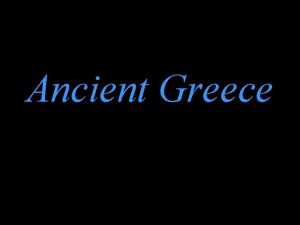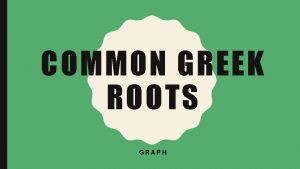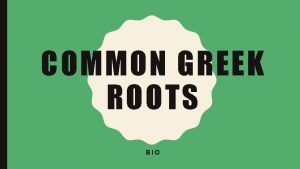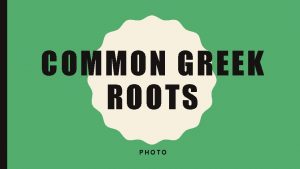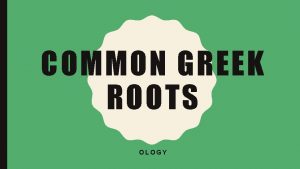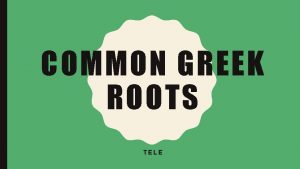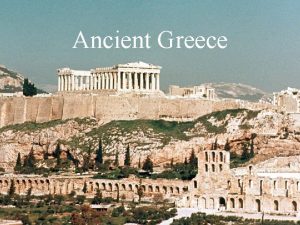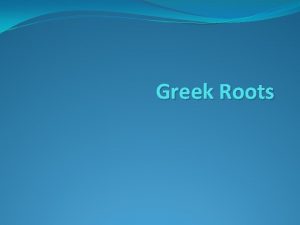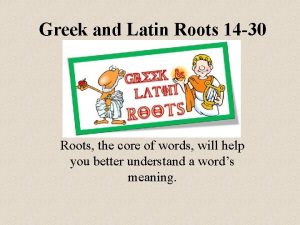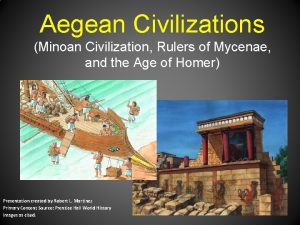Crete and Mycenae Identifying the Roots of Greek




















- Slides: 20

Crete and Mycenae Identifying the Roots of Greek Civilization HA 1. 2

In this activity you will be able to… • Identify and analyze six Minoan and six Mycenaean artifacts • Match Minoan and Mycenaean artifacts and identify similarities and differences among them • Describe how the Minoan civilization of Crete influenced the cultures of mainland Greece during the Bronze Age WHC 2. 3. 4 - Explain how transportation routes stimulate growth of cities and the exchange of goods, knowledge, and technology. WHST. 6 -8. 9 Draw evidence from informational texts to support analysis reflection, and research.

Peloponnesian Peninsula

5 Elements of Civilization v. Organized Religion v. Centralized Government v. Arts, Architecture, and Public Works v. Job Specialization & Social Classes v. Writing

Minoan Culture • • Birthplace of Zeus • • • Developed 3000 BCE • Egalitarian (equal) men & women held respected positions • • Known for sport “bull leaping” and boxing • Cultural model for Mycenaean civilization Island ½ way between Greece and Asia Minor (modern day Turkey) Maritime culture – fishing, farming, local arts Trade routes with Spain, Egypt, Canaan, and Asia Minor Peace loving-lacked fortresses, war equipment, painted battle scenes

Mycenaean Culture • • Settled in 2700 BCE • • • Traded by sea • • Valued horses • Little or no evidence of recreational pastimes found Most Greek myths come from Mycenae Spoke early form of Greek language Farming economy based on grains, grapes, & olives Had strong military and were warlike Buried royalty in circular tombs where many military artifacts were found Society was “hierarchical”-soldiers in positions of power –slaves at the bottom


Metalwork • According to legend, the ancient architect Daedalus, who built part of the Minoan Palace of Knossos, once crafted a perfect honeycomb out of gold. He presented it to the Goddess Aphrodite as an offering, and it delighted her. Metalworkers at the palace on Crete were as talented as Daedalus and used a variety of metals. The tools they created for farmers, carpenters, gem-cutters, and shipbuilders were made of bronze, a mixture of copper and tin. They also fashioned fish-hooks made of copper for fishing poles. Their most beautiful delicate and beautiful work was done with gold. Minoan metalworkers made golden seals for documents and golden jewelry for the Minoan nobles. The gold pendant pictured here was made to be worn on a necklace chain, or as a decoration in a Minoan noblewoman’s hair. It depicts two bees holding a honeycomb between them and sharing a drop of its honey. It was said that honey was often used in offerings to the Gods at Knossos, in honor of Aphrodite and Daedalus.


Metalwork • The Mycenaean's valued military strength and fine weapons for warfare. Many of these weapons were made of bronze, a mixture of copper and tin. Craftspeople who worked in bronze, or bronzesmiths, created splendid bronze daggers, swords, shields, and helmets for the Mycenaean army. Bronzesmiths also made chest, arm, and leg guards (called chain mail) for soldiers, and bronze fittings for their horses. Kings and high-ranking soldiers had bronze wheels made for their chariots, instead of the usual wooden ones. In addition to military equipment, bronzesmiths made small cooking pots and larger pots, called cauldrons. Mycenaean craftspeople also worked with gold. Goldsmiths fashioned gold into exquisite rings, earrings, necklaces, seals for documents, cups, bowls, and artwork. Gold objects were made only for kings and nobles, and were buried with them when they died. The object shown here is a gold funeral mask, which was placed over the face of a dead king or noble at his burial.









• What did the Minoan and Mycenaean civilizations have in common? • • In what ways were they different? • What other geographical areas besides Mycenae, might Minoan civilization have influenced? • What aspects of Minoan and Mycenaean civilizations would you expect to have survived in later periods of Greek history? Why do you think that so many aspects of Minoan civilization were found at Mycenae? (aspect - a particular part or feature of something)

Endings • • Minoan 2000 BCE to 1400 BCE – 600 years Severe earthquakes and tsunamis in 1700 BCE almost wiped out all villages Rebuilt cities and reestablished trade in these places • Thera, Kythera, Melos, Rhodes Benefited from trade with other areas and were tolerant of others • • In 1450 BCE Mycenaeans began invading Crete • They also left because of conflicts over landownership and trade routes left Mycenae in a weakened state • Mycenaeans invaded from Greek mainland in 1450 BCE ending peaceful Minoan civilization • Captive Minoan architects and artist were sent to Mycenae to serve • Mycenaean rulers occupied palace at Knossos Mycenaeans introduced weapons, chariots, and battles into Cretan mural painting and buried weapons alongside military dead Mycenaean • They may have been trying to replenish supplies of copper and ores They couldn’t hold off encroaching cultures on mainland Greece and sought safer settlements on Crete Linear B documents from Mycenae record an invasion. 300 years later in 1100 BCE Dorian Greeks-- united tribes from NW Greece and Asia Minor– invaded Mycenaean settlements in the Peloponnesus, southern Aegean islands, and Crete and ended Mycenaean rule Through the Dorians, elements of Minoan and Mycenaean cultures were incorporated into the art, architecture, and literature of Classical Greece.
 Identifying and non identifying adjective clauses
Identifying and non identifying adjective clauses Non identifying adjective clauses examples
Non identifying adjective clauses examples Identify the essential
Identify the essential Existence and uniqueness of square roots and cube roots
Existence and uniqueness of square roots and cube roots Minoans vs mycenaeans
Minoans vs mycenaeans Mycenae ancient greece map
Mycenae ancient greece map Archaeological site of mycenae
Archaeological site of mycenae Estimating square roots guided notes
Estimating square roots guided notes Roots of quadratic equation
Roots of quadratic equation Opposite of squaring
Opposite of squaring Hypodermic prefix and suffix
Hypodermic prefix and suffix Using greek and latin roots and affixes
Using greek and latin roots and affixes Latin and greek roots prefixes and suffixes
Latin and greek roots prefixes and suffixes Vanessa jason biology roots
Vanessa jason biology roots The roots of american imperialism economic roots
The roots of american imperialism economic roots Greek theater has its roots in __________.
Greek theater has its roots in __________. Words with grad meaning step
Words with grad meaning step Root word capit
Root word capit Greek or latin root/affix for hosp
Greek or latin root/affix for hosp Vocabulary from latin and greek roots unit 11
Vocabulary from latin and greek roots unit 11 Root word poster
Root word poster




